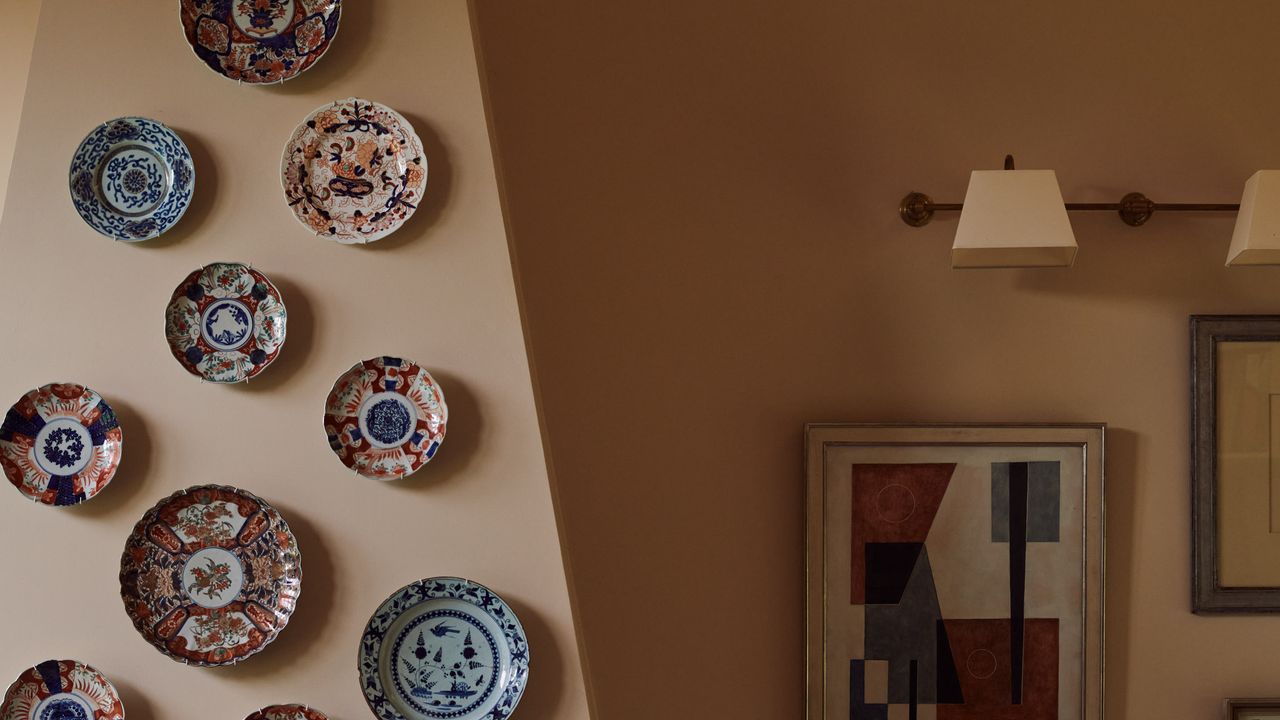
8 Ways To Store Old Recipe Cards And Preserve Their Memories
In the South, recipe cards are more than just written instructions for how to prepare a certain dish. They carry precious memories. Whether it is of you and a loved one cooking a certain dish together or simply a recipe you fondly associate with someone—like Grandma’s pound cake that she always had freshly baked when you came over. These oil-splattered and cake batter-smeared scraps of paper with shorthand instructions—a dash of this, a pinch of that—also hold the handwriting of family members and friends, often those who are no longer with us, making it all the more important to keep them for generations to come.
Whether it’s a true index card, a scrap of paper, or the back of a napkin, it’s important to find the right way to preserve the treasured item or store it so it’s not lost. Sometimes these recipe cards simply require safe keeping in the form of a box or binder, but other times it’s more about preserving the contents and memory rather than the faded paper itself. Here are 5 ways to store and organize recipe cards along with three ways to preserve their handwriting and the fond memories associated.
Preserving vs. Storing Old Recipe Cards
In some cases the cards can be really badly damaged, especially those that have been passed-down through generations, so keeping the actual card can be difficult. Instead tucking it away for fear of damaging it, and likely forgetting where you put it to keep it “safe”, there are other ways to preserve the recipe and handwriting itself—the sentimental aspect most people are wanting to save.
Digitizing, making copies, or turning a special recipe card into other things like tea towels are great solutions for when multiple people want the card, but only one exists. It allows everyone to have a “piece” of it.
Ideas For Preserving Recipe Cards
Whether you’re trying to save Grandma’s actual card or the essence of it, there are creative methods for preserving treasured recipes beyond the paper itself.
- Frame it. For tattered, but still legible and extra sentimental recipe cards, consider framing them. Putting it behind glass will not only protect it, but allow you to cherish the note in your kitchen without it being further damaged.
- Get it printed on a tea towel or cutting board. This is a great way to gift passed-down recipes to new generations in a way they can display the item and special handwriting, but also still use the actual recipe. This also works for other items like acrylic trays, plates, etc.
- Turn it into art. Whether painted, re-printed, or scanned, there are endless ways to take the words and handwriting on the card and turn them into something long lasting.
Ways To Save & Store Recipe Cards
These methods apply whether you’re jotting down your favorite recipes from a trusted source, receiving written cards with beloved dishes from family and friends, or inheriting passed-down recipe cards.
Laminate Them
If the card is still in decent condition, you can laminate it for safekeeping and store them a variety of ways—in a box, on a ring, or in a binder.
Dillard’s
Use a Traditional Recipe Box
Our favorite storage solution will always be an old-school recipe box. You can keep decades-old cards next to bright-white new ones. “I got a recipe box at an estate sale that I treasure, and it was so fun to look through the old recipes that were still in it,” says assistant digital food editor Catherine Jessee. “I even saved some!”
If you’re storing older cards this way, be sure to be extra gentle taking them in and out of the box. You may even consider adding a divider to keep them separate from your day-to-day recipes.
Create a Photo Album
A great way to store and preserve older recipe cards is by putting them in a photo album. Not only does this method protect each individual yellowed and torn-edge card, but it also keeps them all in one place for easy access.
“Most old recipe cards are index card size which fit perfectly into 4×6 photo album slots,” says senior editorial producer Ivy Odom. For those with notes scrawled on both sides, be sure to find an album with clear pockets. The plastic sleeve also helps keep the beloved pieces of paper from being further damaged by greasy fingers and water droplets.
Make a Binder With Photocopies
It’s like creating your own family cookbook. Make a few extra copies of each card to keep in the binder so you can easily share the heirloom recipes with family and friends. Similar to the photo album method, a binder both saves and keeps all your recipes together, and the original card can either be stored in the clear page protector sleeve alongside photocopies or safeguarded separately.
“My mom and aunts gave all of the cousins our own family recipe binders that included photocopies of old recipe cards,” says senior home and features editor Besty Cribb Watson. “While it’s not preserving the actual card, it’s a helpful way to ensure that there are multiple copies of the family recipes floating around in case the OG gets lost!”
Three-ring binders also allow you to easily separate recipes by type or occasion with tab dividers. It’s a great solution not only for older handwritten cards, but also for keeping additional scribbled kitchen notes, torn out of pages of magazines, and printed recipes all together.
Put Them On A Ring
Some might say it’s sacrilegious, but if you punch a hole in the top right or left hand corner of each card, you can put a big ring through all of your recipe cards and you’ll be less likely to misplace an individual one. “It’s much harder to lose one when they’re all together!” says editor Kaitlyn Yarborough Sadik. It should be noted that this method is not ideal for older, more fragile cards.










